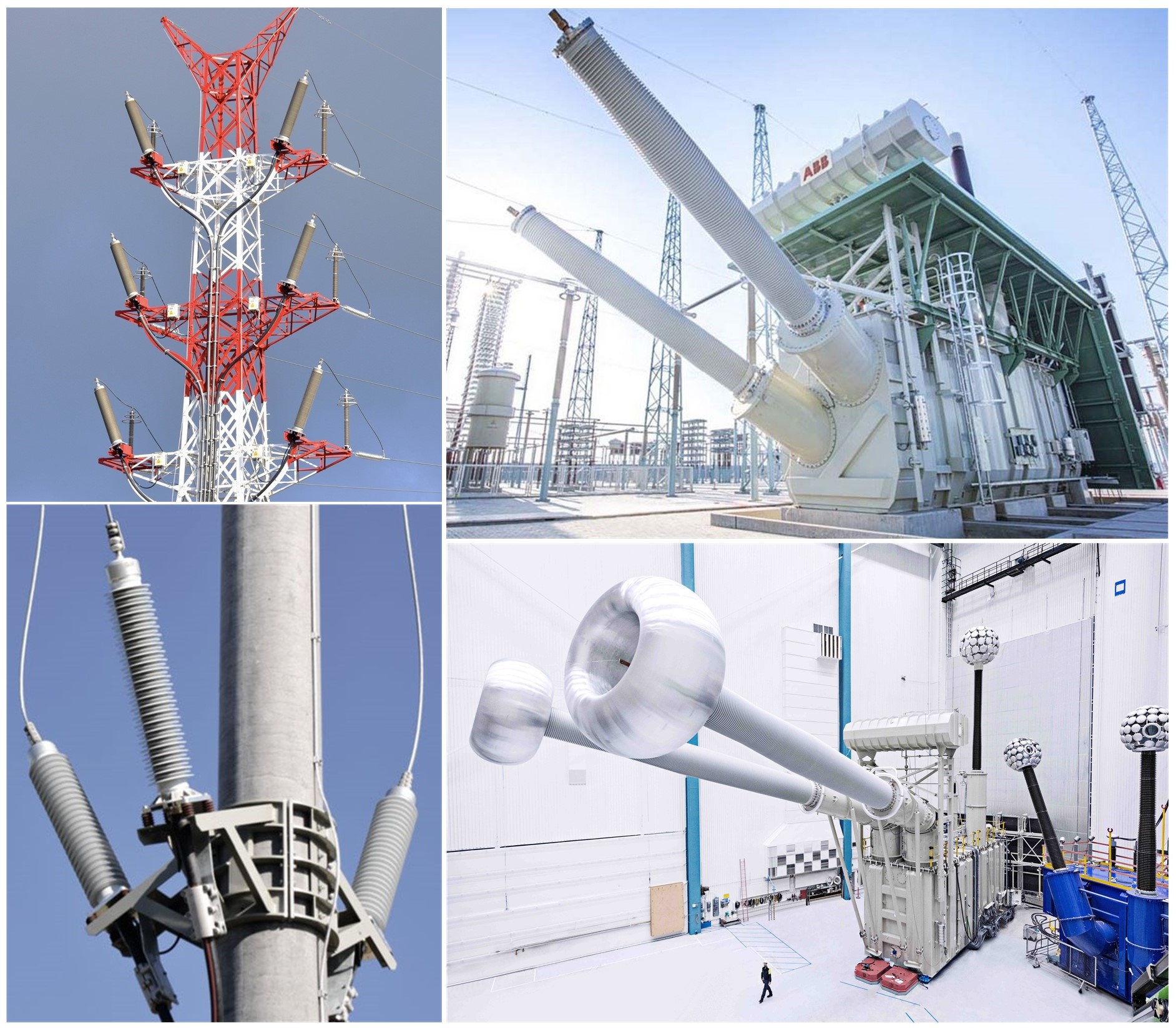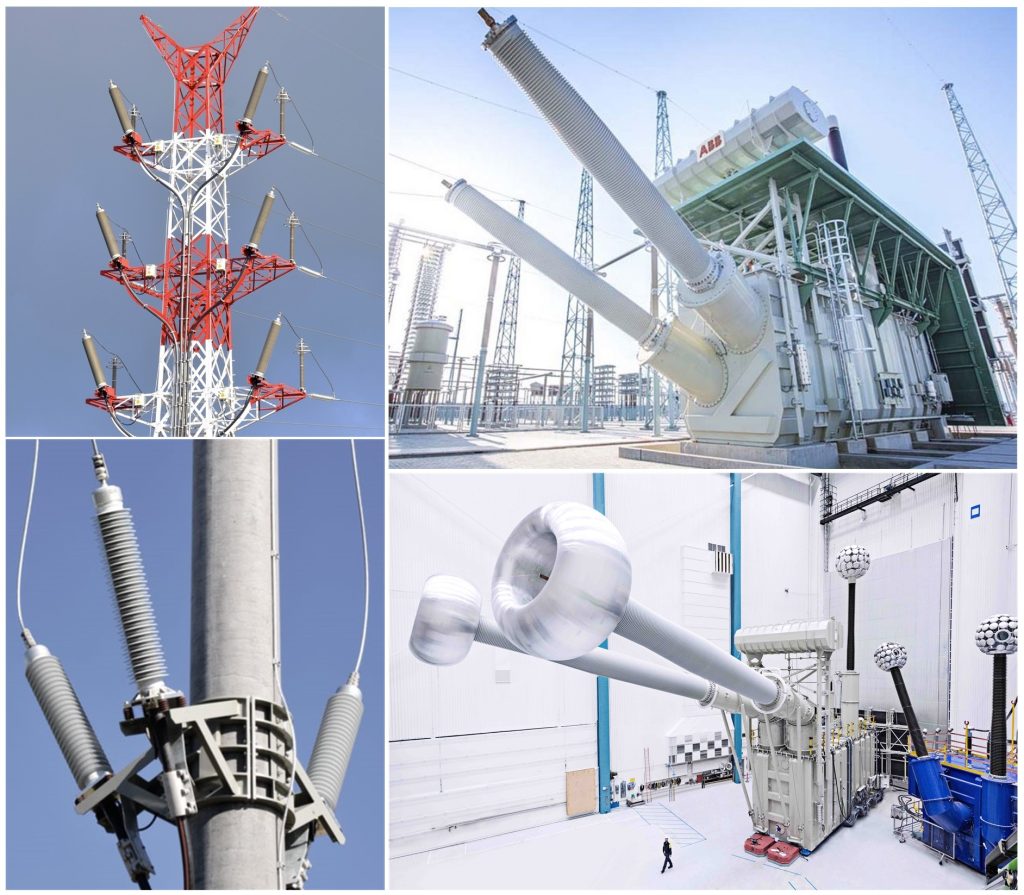
How do they provide such angles?

High voltage cable terminations are usually installed vertically. This allows you:
✅ To ensure the absence of mechanical influences bending the termination under its own weight and the weight of the cable.
✅ To ensure high-quality filling of the termination with dielectric oil (not relevant for terminations of dry-type or gas-type).
However, sometimes, for various reasons, the vertical installation of the cable termination is difficult. For example, a deviation from the vertical may be required at the transition points of cable and overhead lines, since it helps:
✅ To ensure the necessary insulating distances from the upper flange of the termination to the grounded tower (the upper flange is moved little bit away from the grounded tower body).
✅ To simplify the fastening of the cable to the tower (the cable rises vertically up the tower and then just slightly tilt to the side to be connected to the termination).
The existing rules for the installation of cable terminations are such that, if necessary, the termination can deviate from the vertical by an angle of no more than 30 degrees. Examples of such transition points are shown in the photos on the left.
Imagine our surprise when we look at the modern power transformers shown in the photos on the right. Such transformers, manufactured by ABB, Siemens and other industry leaders, have bushings located at an angle of up to 60 degrees to the vertical. I am not a big expert in transformer design, but I suppose that we are talking about oil-filled bushings here.
Hence the question – if angles up to 60 degrees to the vertical are allowed for really expensive power transformers, then why do we allow only 30 degrees for our «simple and cheap» cable terminations?
Let’s compare:
✅ Cable lines are used primarily for voltage classes up to 550 kV, where the length of the termination body does not exceed 4-5 meters. But transition points on towers are used primarily for classes up to 220 kV, where the length of the termination body does not exceed 2-2.5 meters only.
✅ Power transformers are used up to 1100 kV, where the length of the bushing reaches 8-10 meters.
The task of providing angles of more than 30 degrees for 2-2.5 m termination seems to be a much simpler task than the transformer manufacturers decided, who managed to provide angles of up to 60 degrees for really long and heavy bushings of 8-10 meters.
CONCLUSION. Maybe there is an opportunity to make an audit of cable termination technologies and allow angles of more than 30 degrees? Maybe we can take something useful from the modern experience of manufacturers of power transformers? Unfortunately, I don’t have a definite answer.
